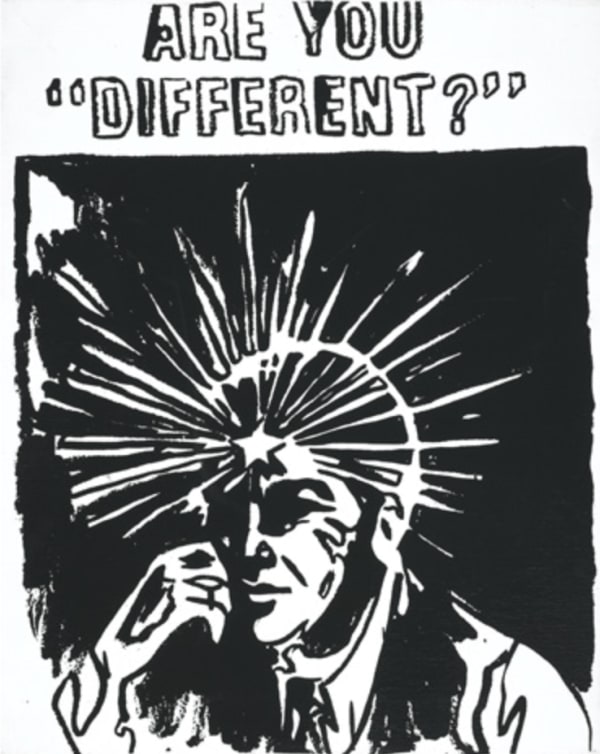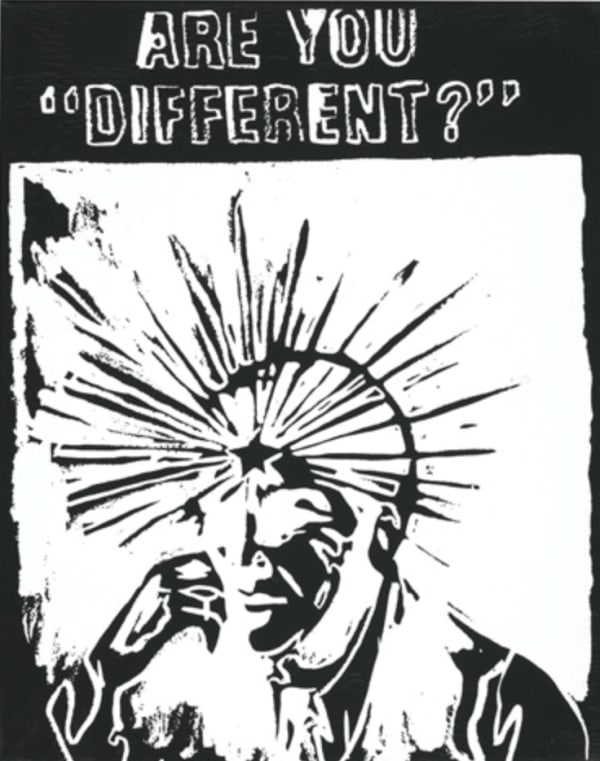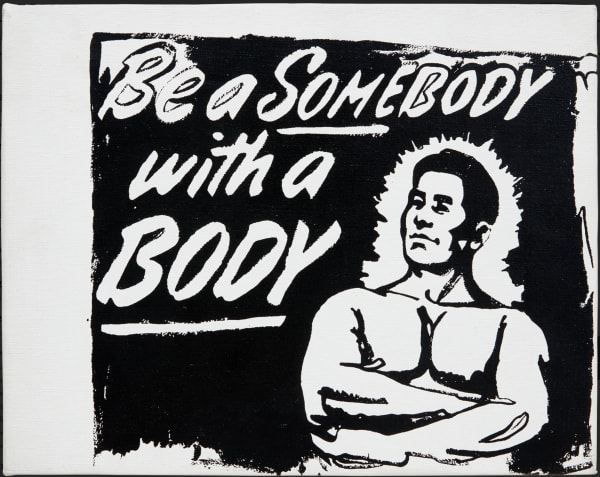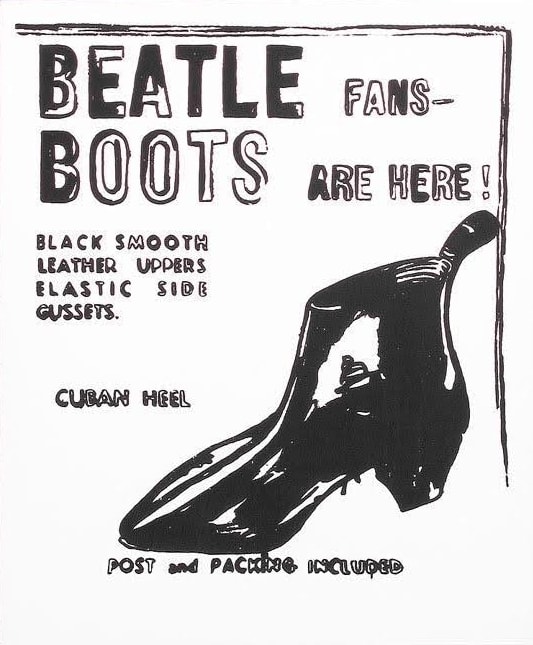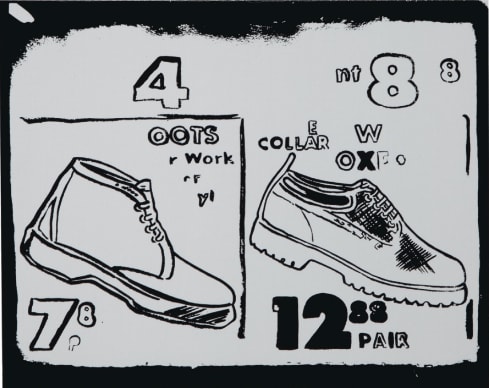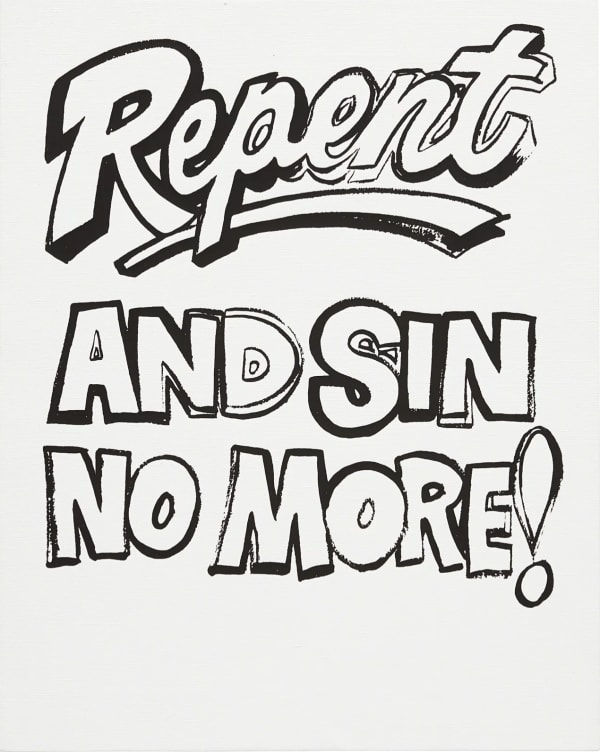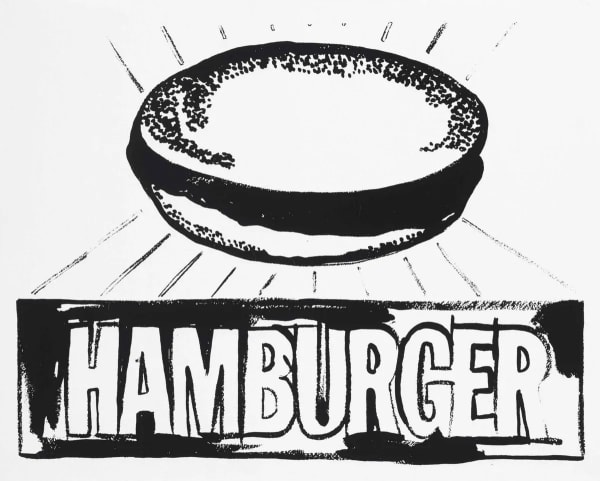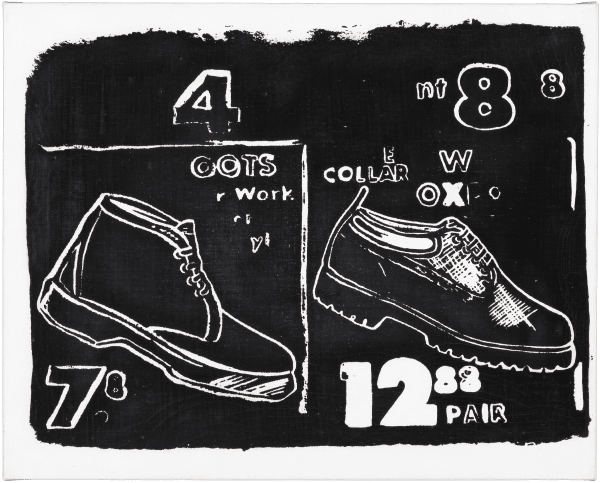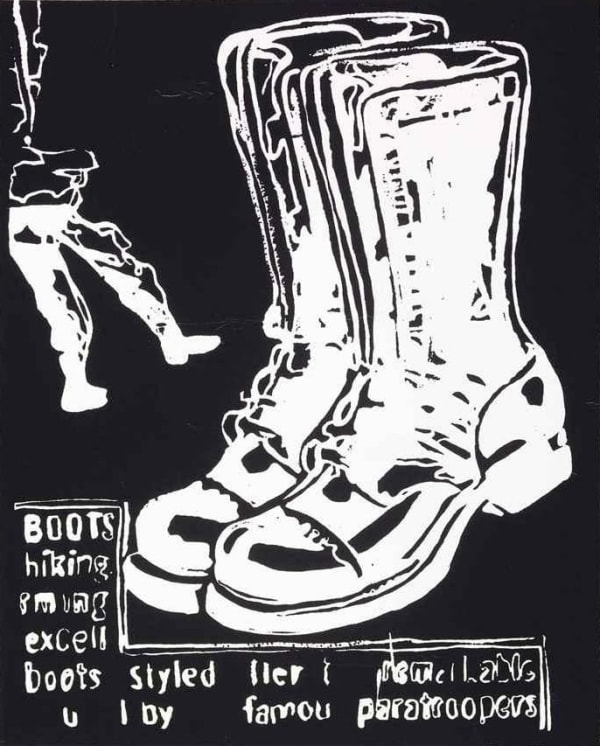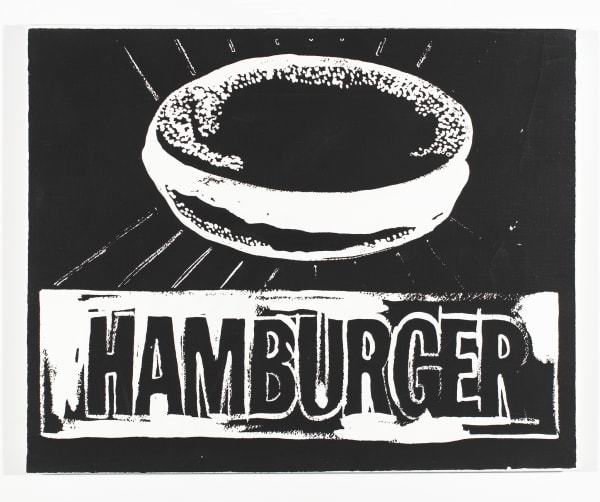
Andy Warhol
50.8 x 40.6 cm
Andy Warhol's Knives is a compelling artwork that delves into themes of violence, consumerism, and the allure of the everyday object. Created in 1981, this piece is part of Warhol's larger body of work that explores the imagery of weapons and their cultural significance.
In Knives, Warhol presents a stark and minimalist depiction of a set of kitchen knives, rendered in his signature style of bold colors and graphic simplicity. The knives are arranged in a row, their sharp blades and angular forms creating a sense of tension and menace against the neutral background. Warhol's use of vibrant hues adds an element of irony and detachment to the composition, inviting viewers to contemplate the dichotomy between the beauty of the objects and their potential for harm.
What sets Warhol's Knives apart is its juxtaposition of the banal and the dangerous. By elevating a commonplace household item to the status of high art, Warhol challenges viewers to reconsider their perceptions of violence and consumer culture. The knives, typically associated with mundane domestic tasks, take on a new and unsettling significance when presented in the context of art.
Moreover, Knives can be interpreted as a commentary on the pervasive influence of violence in society and its commodification in popular culture. Warhol, who was deeply influenced by mass media and celebrity, often explored themes of fame, glamour, and mortality in his work. In Knives, he confronts viewers with the unsettling reality of violence and its normalization in contemporary culture, inviting us to reflect on our own complicity in perpetuating cycles of aggression and conflict.
As with much of Warhol's oeuvre, Knives prompts viewers to confront uncomfortable truths about the world around them. Through his provocative imagery and bold visual style, Warhol challenges us to reconsider our assumptions and biases, while also inviting us to contemplate the deeper meanings behind the objects and images that surround us.
Overall, Andy Warhol's Knives is a powerful and thought-provoking artwork that continues to captivate and unsettle viewers. Through its striking imagery and evocative symbolism, Knives invites us to confront the complexities of violence, consumerism, and the human condition, while also challenging us to consider the role of art in shaping our perceptions of the world.
-
 Andy WarholAre You Different, 1985-6
Andy WarholAre You Different, 1985-6 -
 Andy WarholAre You Different Negative, 1985-6
Andy WarholAre You Different Negative, 1985-6 -
 Andy WarholArt Negative, 1985-6
Andy WarholArt Negative, 1985-6 -
 Andy WarholArt Positive, 1985-6
Andy WarholArt Positive, 1985-6 -
 Andy WarholBe A Somebody With A Body , 1985 - 86
Andy WarholBe A Somebody With A Body , 1985 - 86 -
 Andy WarholBeatle Boots Positive, 1986
Andy WarholBeatle Boots Positive, 1986 -
 Andy WarholWorking Boots Positive, 1985-86
Andy WarholWorking Boots Positive, 1985-86 -
 Andy WarholCampbell's Soup Can Tomato Soup, 1985
Andy WarholCampbell's Soup Can Tomato Soup, 1985 -
 Andy WarholBe Somebody With A Body Negative, 1985 - 86
Andy WarholBe Somebody With A Body Negative, 1985 - 86 -
 Andy WarholRepent and Sin No More, 1986-6
Andy WarholRepent and Sin No More, 1986-6 -
 Andy WarholRepent and Sin No More Negative, 1986-6
Andy WarholRepent and Sin No More Negative, 1986-6 -
 Andy WarholHamburger Positive, 1986
Andy WarholHamburger Positive, 1986 -
 Andy WarholWorking Boots Negative, 1985-86
Andy WarholWorking Boots Negative, 1985-86 -
 Andy WarholParatrooper Boots Positive , 1985-86
Andy WarholParatrooper Boots Positive , 1985-86 -
 Andy WarholParatrooper Boots Negative, 1985-86
Andy WarholParatrooper Boots Negative, 1985-86 -
 Andy WarholMap Of Eastern U.S.S.R. Missile Bases Positive, 1985-86
Andy WarholMap Of Eastern U.S.S.R. Missile Bases Positive, 1985-86 -
 Andy WarholMap Of Eastern U.S.S.R. Missile Bases Negative, 1985-86
Andy WarholMap Of Eastern U.S.S.R. Missile Bases Negative, 1985-86 -
 Andy WarholGun, 1981-82
Andy WarholGun, 1981-82 -
 Andy WarholHamburger, 1986
Andy WarholHamburger, 1986 -
 Andy WarholHamburger Green, 1986
Andy WarholHamburger Green, 1986 -
 Andy WarholHamburger Negative, 1986
Andy WarholHamburger Negative, 1986 -
 Andy WarholGimbels, 1983
Andy WarholGimbels, 1983
